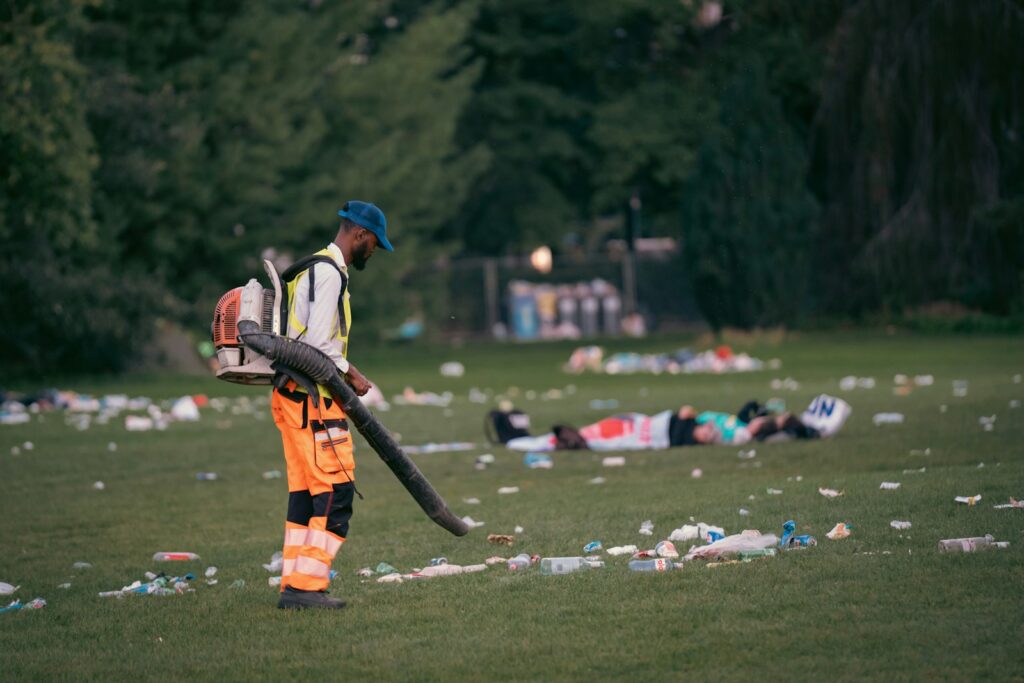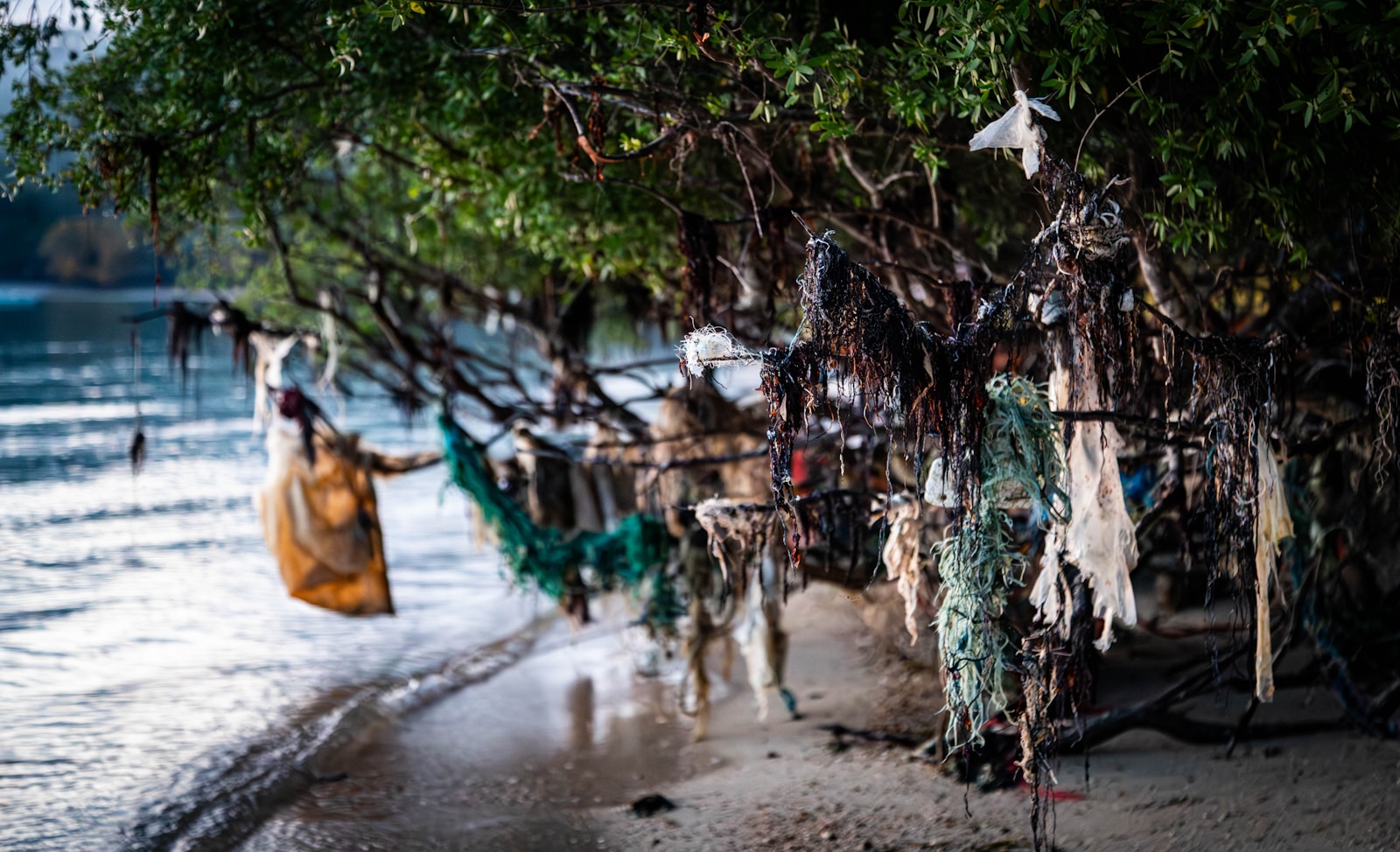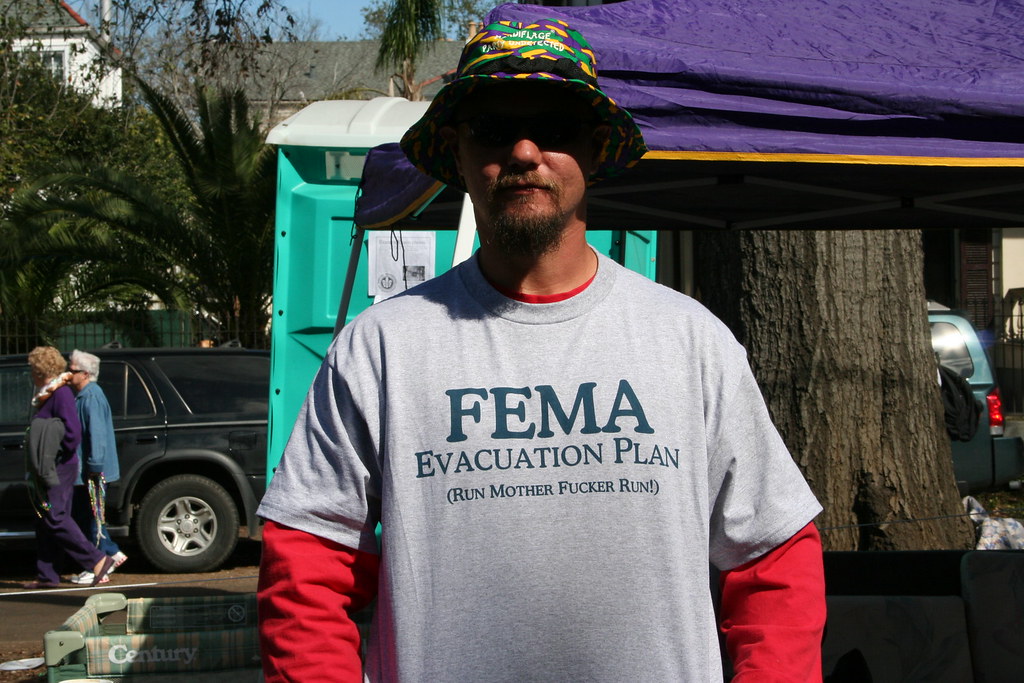Are you interested in learning about disaster cleanup, or considering trying to help after a particular disaster? Here’s some tips and tricks in our complete guide to learn all you need to know about disaster cleanup as the 2025 Hurricane Season ends.
The Aftermath of a Long Hurricane Season
The 2025 hurricane season brought significant challenges to communities across the country. As we reflect on the storms and their aftermath, the focus now shifts from immediate response to rebuilding life and restoring normalcy. Across the nation, families, businesses, and local agencies have shown remarkable resilience. Support from the federal government, especially through the Federal Emergency Management Agency (FEMA), has been critical in providing aid, coordinating cleanup, and helping people request the resources they need to recover.
Now begins the hard work of disaster recovery, clearing debris, repairing smoke and water damage, and rebuilding homes and infrastructure. Many factors determine how quickly a community can bounce back, from access to supplies to coordination among relief partners. In this stage, logistics become a lifeline. Companies like Interstate Haulers play an essential role by transporting trailers, materials, and emergency equipment nationwide. Their efforts ensure recovery operations move forward efficiently and safely. To learn more or visit how these operations work in action, explore the dedicated services that help keep recovery on track.
Understanding Disaster Cleanup and Recovery
After a hurricane, flood, or fire, disaster cleanup is the first step toward restoring normalcy. This process involves safely removing debris, assessing structural damage, and cleaning contaminated areas to make them habitable again. The goal is to create a safe environment and prevent further problems, like mold growth or structural failure.
FEMA coordinates the national disaster recovery effort, working with state and local authorities to manage the response. On the ground, this coordination involves a network of local agencies, contractors, and transport professionals. These teams work together to clear roads, restore utilities, and ensure a safe return for residents. Responding in an efficient manner is crucial to minimizing long-term damage and help communities get back on their feet faster.
The Dangers of Water Damage and Mold Growth
One of the most pressing issues after a flood or hurricane is water damage. Standing water and persistent humidity create the perfect environment for mold to flourish. Mold growth can start within 24 to 48 hours, spreading quickly through walls, flooring, insulation, and even furniture. This not only causes structural damage but also poses serious health risks.
To prevent mold growth, you must act fast. Start by removing all wet materials from your house. This includes carpets, drywall, and insulation that have been soaked. Increase fresh air circulation by opening windows and using fans to help dry out the space.
Be extremely careful when handling items that have been contaminated by floodwaters. Porous items like upholstered furniture, stuffed animals, and baby toys may be impossible to salvage and should often be discarded for safety. For non-porous items, clean them thoroughly with hot water and a suitable disinfectant. Always wear protective gear when handling potentially contaminated appliances or materials.
Safety First: Protecting Loved Ones and Property After Natural Disasters
In the immediate aftermath of a natural disaster, your top priority is safety. Before you begin any cleanup, take steps to protect yourself and your loved ones from hidden hazards. Navigating a storm-damaged area can be dangerous, so it’s important to recognize potential risks.
Seek immediate medical attention for any injuries, no matter how minor they seem. Be alert for hazards like damaged power lines, unstable wood structures, and the risk of a compromised building. Never touch downed electrical lines, and be careful with any water-damaged electrical equipment or appliances.
Wearing the proper gear is non-negotiable. This includes waterproof boots, gloves, and N95-rated masks to protect you from contaminated water and airborne particles. While the urge to start repairing is strong, it is often safer to wait for professionals. Restoration experts can assess the structure and identify dangers you might miss, preventing further property loss or personal injury.
How FEMA and Emergency Services Support Communities
The federal government provides extensive support during disaster recovery. FEMA collaborates closely with state and local governments to deliver assistance where it’s needed most. This support comes in many forms, from financial aid to on-the-ground resources.
Affected communities can access various assistance programs, get help with insurance claims, and find other valuable resources. A major part of FEMA’s work involves deploying critical assets to disaster zones. This includes temporary housing units, mobile restroom facilities, utility trailers, and other essential equipment.
Transporting these assets is a massive logistical challenge. This is where specialized hauling companies like Interstate Haulers come in. We partner with FEMA and other agencies to deliver and relocate industrial trailers and equipment during major recovery operations. Our nationwide reach ensures that these vital resources arrive safely and on schedule, supporting the core of the recovery effort.
Steps to Restore Your Home or Business After a Natural Disaster
Restoring your property after a natural disaster is a marathon, not a sprint. Follow a structured approach to ensure the process is safe and efficient.
Start by documenting all damage with photos and videos for your insurance claims. Once it is safe to enter, determine your critical priorities. Focus first on the building’s main structure, including the roof, walls, and doors, to secure it from further damage.
Next, address moisture and air quality. If your property has significant water damage, contact restoration professionals immediately. They have the specialized equipment to manage moisture, prevent mold, and ensure the air is safe to breathe. Attempting to handle widespread water damage without professional help can lead to bigger problems down the line. As you rebuild, consider how you can prepare your house or business for future natural disasters with stronger materials and better planning.
Working Together for a Safer Recovery
A successful disaster recovery is a collaborative effort. It requires seamless teamwork between federal agencies like FEMA, local governments, private contractors, and specialized service providers. Every person and organization has a role to play in helping communities rebuild.
Interstate Haulers has years of experience supporting government, utility, and emergency partners across the country. We understand the urgency of these missions and are committed to providing reliable transport services when they matter most. Our focus on clear communication and safety ensures that every delivery is handled with the care and professionalism these critical situations demand. From coast to coast, we are proud to be a trusted partner in the national recovery effort.

Photo by Sergio Zhukov on Unsplash
Stay Prepared and Supported
As the 2025 hurricane season ends, the work of rebuilding continues. The key to a successful recovery is to stay informed, prepare ahead, and know when to contact professionals for help with your disaster cleanup. Acting quickly to address water damage can prevent mold growth and reduce other long-term hazards.
Whether you are a homeowner, business owner, or part of a government agency, remember that resources and support are available. By working together, we can restore our communities and build a more resilient future.




